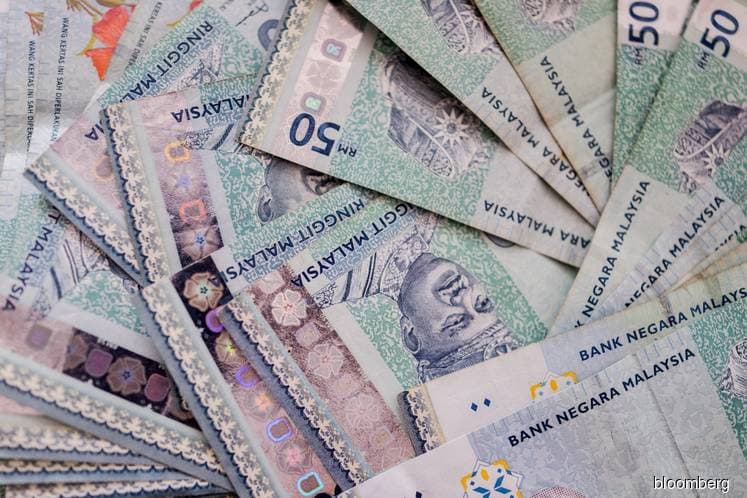
This article first appeared in The Edge Financial Daily on July 19, 2018
KUALA LUMPUR: The ringgit slid to a seven-month low of 4.0608 against the US dollar yesterday, its lowest since December 2017, as US Federal Reserve (Fed) chairman Jerome Powell delivered an upbeat assessment of the US economy and signalled that the central bank will keep raising interest rates gradually, resulting in the strengthening of the US dollar.
In his semi-annual report to the Senate banking committee, Powell signalled that he does not just believe the US economy is doing well, but that an era of stable growth may continue provided the Fed gets its policy decisions right.
At the time of writing, the ringgit had strengthened by 0.31% to 4.0588 against the US dollar.
Affin Hwang Investment Bank Bhd chief economist Alan Tan believes that the ringgit will continue to be volatile against the US dollar mostly due to external factors such as the looming potential trade war between the US and China, as well as the possibility of further interest rate hikes by the Fed.
The Fed has lifted its key interest rate twice this year and indicated last month that it expected two more hikes this year.
“What we are seeing right now is the narrowing of interest spread between our local currency and the dollar. So this may lead to a capital outflow from ringgit-denominated assets to dollar-denominated assets,” Tan told The Edge Financial Daily.
However, he said the capital outflow is still manageable and he does not expect a “full-blown trade war” to happen.
Lukman Otunuga, a research analyst at FXTM, however, said that fears of a global trade war have stimulated risk aversion, consequently denting appetite for emerging-market currencies.
“The ringgit, like many other emerging-market currencies, remains highly sensitive to external factors such as US rate hike expectations and global trade developments,” he said.
Meanwhile, Inter-Pacific Securities Sdn Bhd head of research Pong Teng Siew noted that the weakening of the ringgit has been gradual and “well controlled”.
“The gradual weakening of the ringgit is in line with the range of fair value I predicted for July and August at 4.05 to 4.1,” he told The Edge Financial Daily.
Pong added that weakening of the ringgit has not been extremely rapid, hence it has not disrupted the local economy. However, he did not discount the possibility that the ringgit may be trading near the 4.2 level within this year.
Tan said he expects the ringgit to appreciate against the US dollar in the fourth quarter, trading in the range between 3.8 and 3.9.
“By the fourth quarter, domestically we will see more clarity on the fiscal reform initiatives in Budget 2019 by the new government. We also expect to see the midterm review providing further clarity on the Malaysian economy, which will lend support to the strengthening of the ringgit,” he said.
It is noted that the recent strengthening of the ringgit has not only affected Malaysia. Pong highlighted that “currency weakness can be seen across most emerging markets”.
On other factors that could impact the ringgit’s performance, Otunuga pointed to global oil prices, domestic economic data and Bank Negara Malaysia’s monetary policy strategy. He noted that any signs of inflationary pressures in Malaysia building in the second half could revive speculation over the central bank raising interest rates.
Year to date, the ringgit has weakened by 1.24% against the US dollar, compared to the Singapore dollar at -3.1%, Thai baht at -2.3% and Indonesian rupiah at -6.63%.